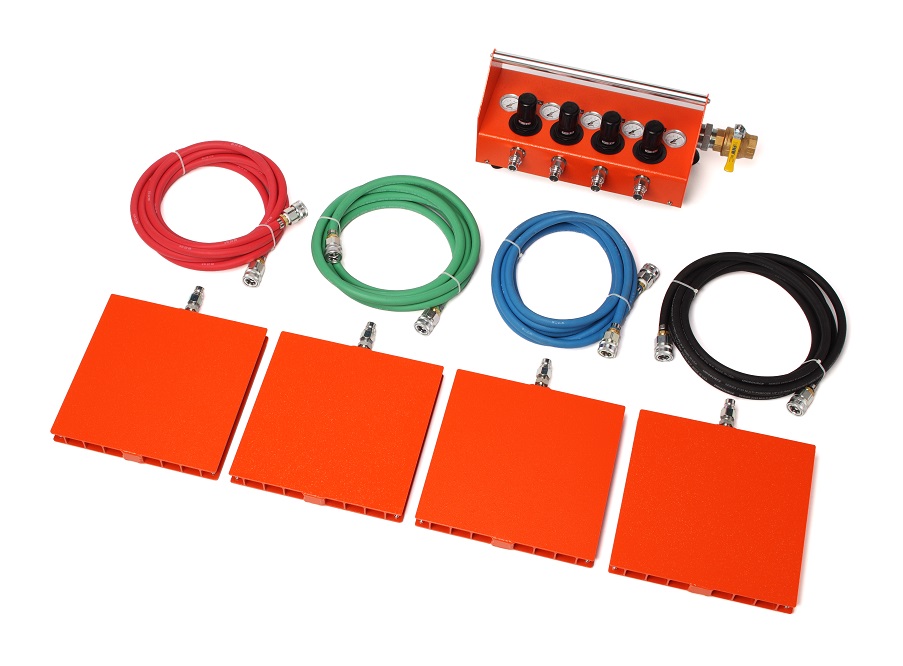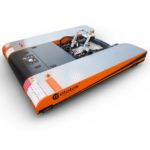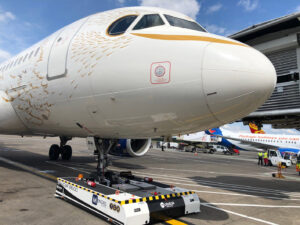Most machine shops end up with an enormously inefficient production layout.
That’s because machine tools can be prohibitively difficult to move. As a result, many just end up living wherever they’re initially placed, so the production process works around them. In other words, they become “monuments” in lean manufacturing terms. That means the production line might require routing parts to different machine tools scattered all over the facility, sometimes even at opposite ends.
One of our vendors, for example, is responsible for the high volume production of complex parts for a variety of industrial and manufacturing customers. Their work requires multiple machining centers just to make one part. If they have a lathe on one side of the facility and a mill on the other, not only does the distance make the whole process longer, they also require more labor overall. That’s because each machine will need its operator, who then often ends up standing around while the machine does its work, before unloading the part and loading the next one.
What if you could move things that previously weren’t considered moveable?
This is where air casters come in. Using the power of standard plant air, air casters can lift and float even multi-ton machines on a near-frictionless film of air. Further, since the air caster modules fit within the footprint of the machine, they do not require anywhere near the space something like a forklift would need to maneuver.
That means air casters provide the ability to move things that simply weren’t considered moveable in the past, granting facilities the ability to organize these machine tools in a manner that makes for a very efficient production operation.
That means we can achieve all kinds of new efficiencies.
So, air casters provide an easier method to reconfigure these machine tools together to create highly efficient production cells where machines working on the same parts can be situated near each other. Not only does that reduce the transportation and manpower required to route parts through the facility, but it also means the facility can make more efficient use of its machine operators.
Instead of one operator per machine, production plants can shift to one operator per cell. With all these machine tools positioned within reach, a single operator can manage multiple machines.
Indeed, with air casters, our vendor could have one operator make that entire part by arranging multiple tools into a cell. Then, if the production flow needs to change, all the facility has to do is re-inflate the air casters, float the machine(s) to their new positions, and de-inflate. The machines will gently settle into their new arrangement.
That’s the advantage of getting the machine tool in place with air casters. The facility gains maximum flexibility to be able to move the machines whenever needed. Then, related to that ability, they can make the machines maximally efficient.







